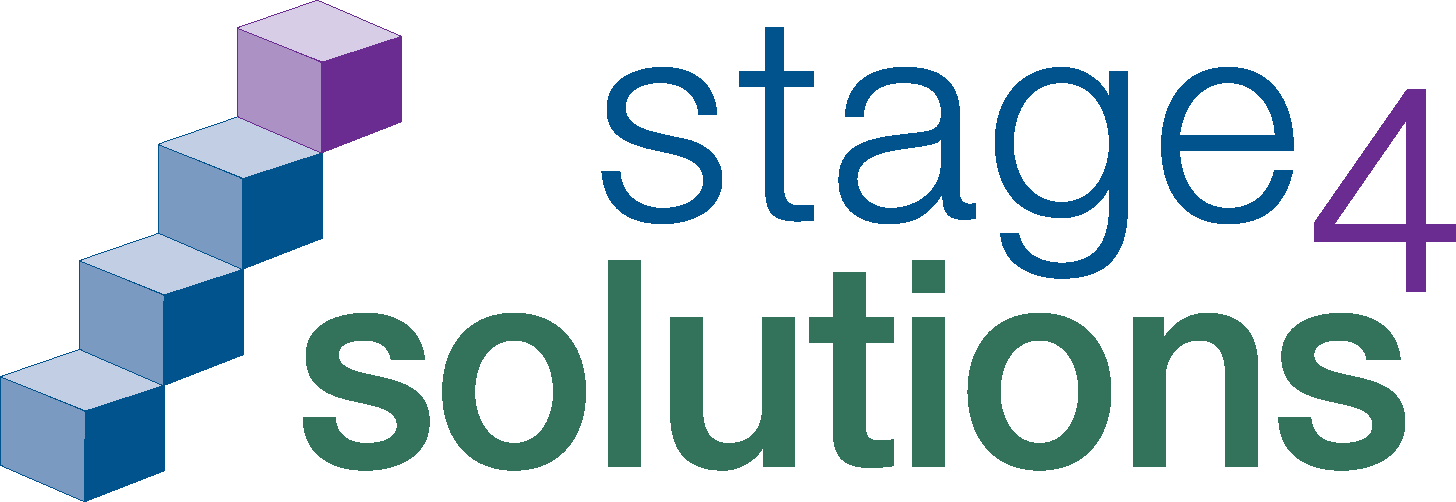Bridging the Gap
- July 29, 2021
- Posted by: Niti Agrawal
- Category: Blog

In our work with employers and professionals, we have noticed a gap between candidate skills and job requirements. Employers have needs for professionals with specific backgrounds, skills and system experiences, and candidates have other skills and experiences. Matching candidates to clients’ needs (and client projects to candidates’ requirements), we often see a mismatch between the supply of type of talent and the demand of skill required. And, we see this gap, especially when recruiting for entry-level professionals. New college grads have worked hard to achieve degrees, but often, have not really mapped their course work to job type/employer need. Some students, with family connections, top college career centers and alumni access can “figure it out” on their own. However, for many students, the gap is tough – especially for students who don’t have family connections or other access to networks. For such students, this initial gap can lead to a career of lower paying jobs and unfulfilling career prospects.
Employers work hard to build their brand, advertise broadly and identify the “right candidates” for interviews. However, we have not seen employers work proactively with colleges and other educational institutions to define their needs for skills and job types in the future. If partnerships could be developed between employers and educational institutions, to map jobs to skills to offered courses, then students could plan their future paths and make the right choices in course schedules to earn the skills required for their career path. And, employers would know the skills a new college graduate had based upon course work completed.
With such an alignment, students would be able to position themselves for their desired jobs, colleges could be successful in placing students into jobs after graduation, and employers could hire qualified new college grads and have shorter ramp time on the job training. And, perhaps, talent supply and employer demand could be matched. That would be a win-win for both sides and lead to a more successful economy and careers for all.

